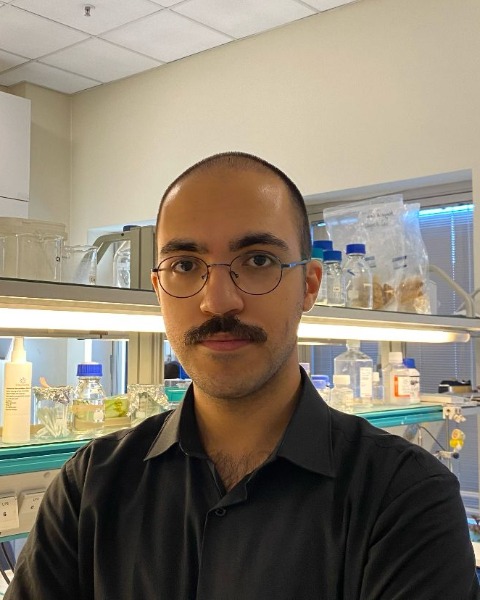Student 10-Minute Presentation
Physiology, Biochemistry, and Toxicology
Student
Student Competition
Molecular regulation of age polyethism in the Formosan subterranean termite, Coptotermes formosanus
.jpg)
Arjun Khadka
PhD Candidate
Louisiana State University
Baton Rouge, Louisiana
Hasim Hakanoglu (he/him/his)
PhD Student, Research Assistant
Louisiana State University
Baton Rouge, Louisiana
Sang-Bin Lee
Postdoctoral research associate
University of California
Fairfield, California- QS
Qian Sun
Assistant Professor (Urban Entomology)
Louisiana State University
Baton Rouge, Louisiana
Presenting Author(s)
Co-Author(s)
Division of labor, a hallmark of eusociality, is achieved through task allocation based on caste and age. Age polyethism plays an important role in maintenance of eusocial insect societies. In general, young workers perform tasks such as nursing, and old ones are involved in roles such as foraging. Age polyethism is widespread in eusocial insects including honey bees, ants and termites. However, mechanistic understanding of age polyethism in termites is still lacking. To unravel the molecular mechanisms of age polyethism, we integrated behavioral assays with RNA-sequencing using laboratory colonies of Coptotermes formosanus. Four-year-old colonies were connected to a container labelled as the foraging site, which was provided with wood and moistened sand, using a 1.5-m nylon tube. Assays were conducted until the foraging termites were established at the foraging site. Our observations revealed that all foragers were old workers (≥ W3), while young worker instars, W1 and W2, remained in the nest. Furthermore, RNA-sequencing and transcriptomic analyses revealed 2297 differentially expressed genes (DEGs) between old workers and larvae, and 433 DEGs between old and young workers. Juvenile hormone binding protein (Jhbp), a known regulator of age polyethism in honey bees, and foraging (for) gene, a regulator of foraging behavior in diverse insects, were among the DEGs. The Jhbp gene was upregulated and the for gene was downregulated in old workers. This study reveals candidate genes for the regulation of foraging behavior in C. formosanus and provides insights into the molecular mechanisms of age polyethism in termites.

.png)

